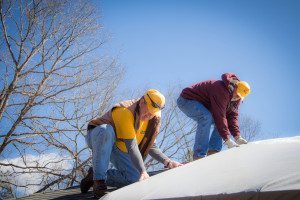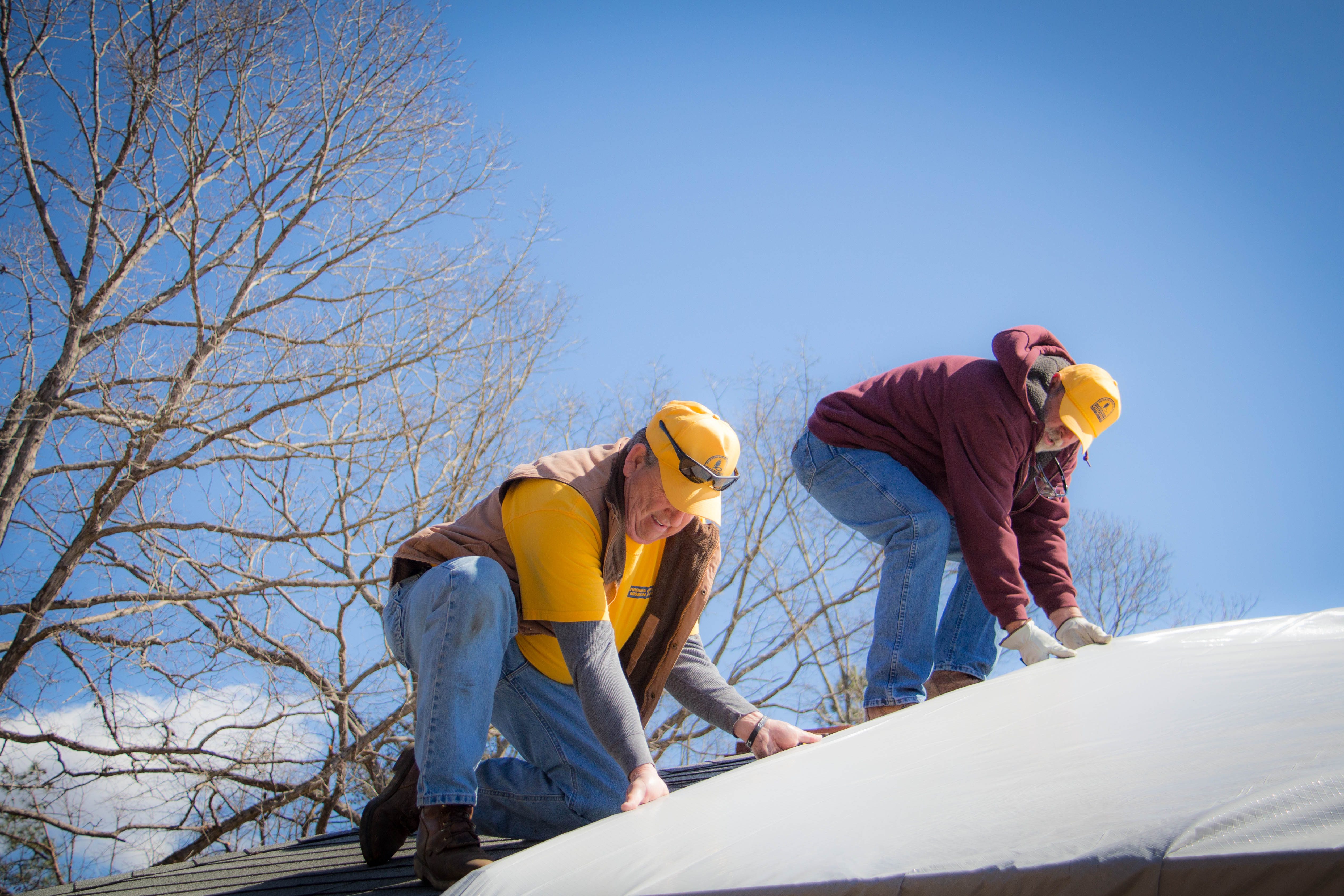A line of violent storms strikes the region, causing significant damage, widespread power outages, and leaving a trail of debris. Cleanup will take weeks to complete.
A tree falls in a senior adult’s yard, blocking her driveway. She is on a fixed income and does not have the thousands of dollars quoted to her by the tree removal company to remove the tree. Who does she call?
Tricia (not her real name) is a real person, affected by a recent summer storm in Central Virginia. Across town, Marianne had a similar dilemma. Both called the county’s department of public works. County staff could not respond to private property, so the local emergency manager reached out to the voluntary sector.

Volunteers mobilized to each home, helped each homeowner cut the trees and prepare the debris to be hauled off.
Debris removal, damage assessment, and demolition of storm damaged homes. Flood cleanup and mold remediation. Donation and volunteer management. Mass feeding and shelter site operations. Showers, clothing, laundry, and lodging. Rehab for first responders such as a warm cup of coffee or snack. Patient care and search and rescue.
The capabilities of the voluntary sector have been showcased in the Commonwealth this year in the response to the February tornadoes, flooding near Covington in June, and in countless local disasters throughout the state.
Voluntary organizations can be a bridge between the private and public sector while also helping local governments persuade citizens of safe and smart courses of action in the short term. They can also prepare citizens to mitigate future losses from disasters.
Utilizing trained and skilled volunteers, these organizations are able to provide tremendous cost-savings to localities by offering valuable services. They maintain stringent training programs to ensure skilled safety guidelines and provide high quality services.
During the tornado response and recovery in Essex last winter, Emergency Management Coordinator Jimmy Brann shared that “Team Rubicon was in charge of the volunteer reception/coordination site…and a donation center was set up and run by local churches.”
Voluntary organizations active in disaster formed a national network in 1970, and state and local affiliates have sprung up across the country, including across the Commonwealth.
Above all, it is the caring hand from the voluntary sector that makes the difference. “It was a good feeling,” Brann says, “to know there are still people wanting to help and care for others in desperate times…We now have a stronger community because of the volunteers.”
Aaron Lee is BGAV Disaster Response Coordinator, leading volunteers from across the Commonwealth trained in multiple disciplines to respond in disaster. Aaron also serves as Vice-Chair of the Virginia Capital Area VOAD, a Richmond area regional VOAD network. He can be reached at Aaron.Lee@BGAV.org.
Ben Nicely is a former Emergency Planner for Henrico County, Disaster Program Manager/Coordinator of the American Red Cross that covered Central Virginia, Fredericksburg and the Northern Neck and former Chairman of the Rappahannock Regional VOAD. Ben serves as the Secretary of the Virginia Capital Area VOAD. He can be reached at bnnicely06@gmail.com




